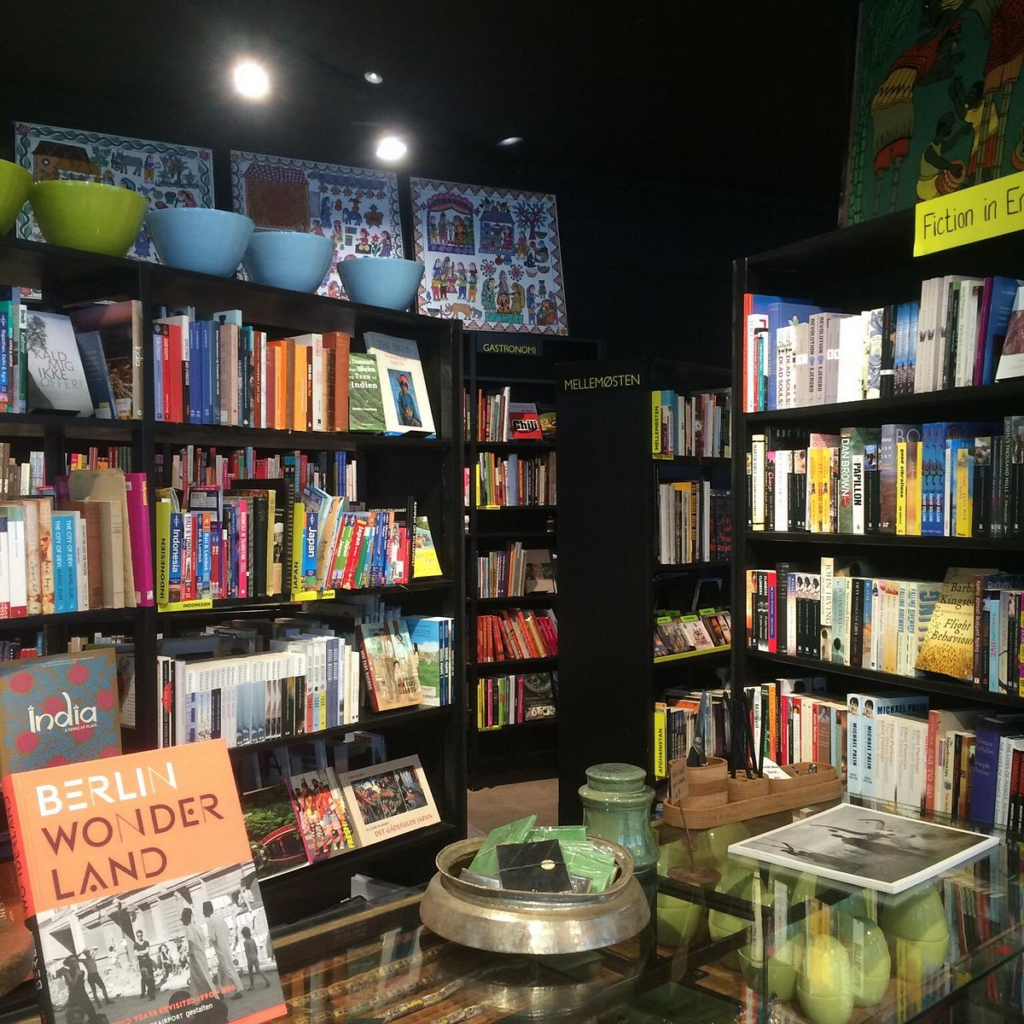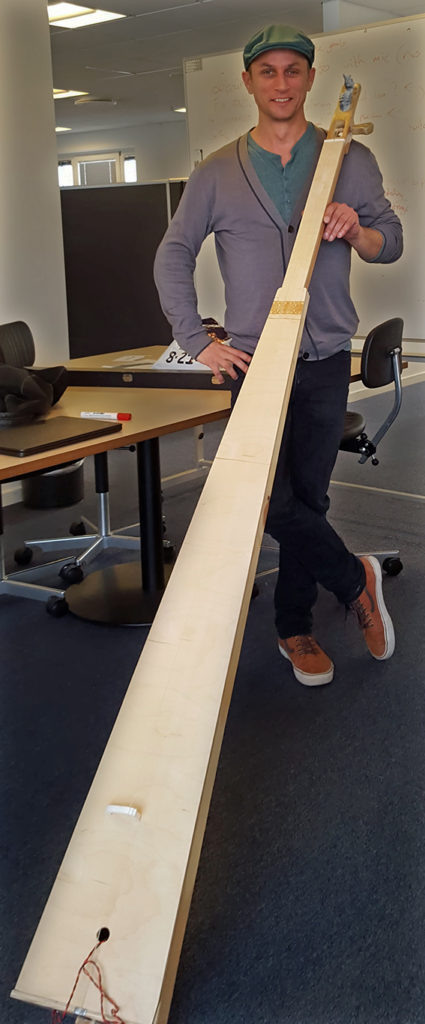Some places have their own rhythm, a mix of stillness and motion that shapes the way you hear the world. Lullaby for Bryggen was inspired Islands Brygge, Copenhagen, which has become my home, and it is a neighborhood that can feel like two places at once.

By day, it’s a peaceful spot by the water, just minutes from the city center. By night, especially in summer, the area transforms. The waterfront fills with people, music drifts from gatherings in the park, and the hum of the city never fully fades. It was this contrast—the quiet and the noise—that inspired the piece.
Recorded with Jakob’s quartet in his rehearsal space nearby, Lullaby for Bryggen is both a tribute and a reflection. A tune that drifts between calm and motion, much like the place itself.

Do you have a city or a place that shaped the way you hear music? Let me know in the comments.
Listen to Lullaby for Bryggen on Spotify



